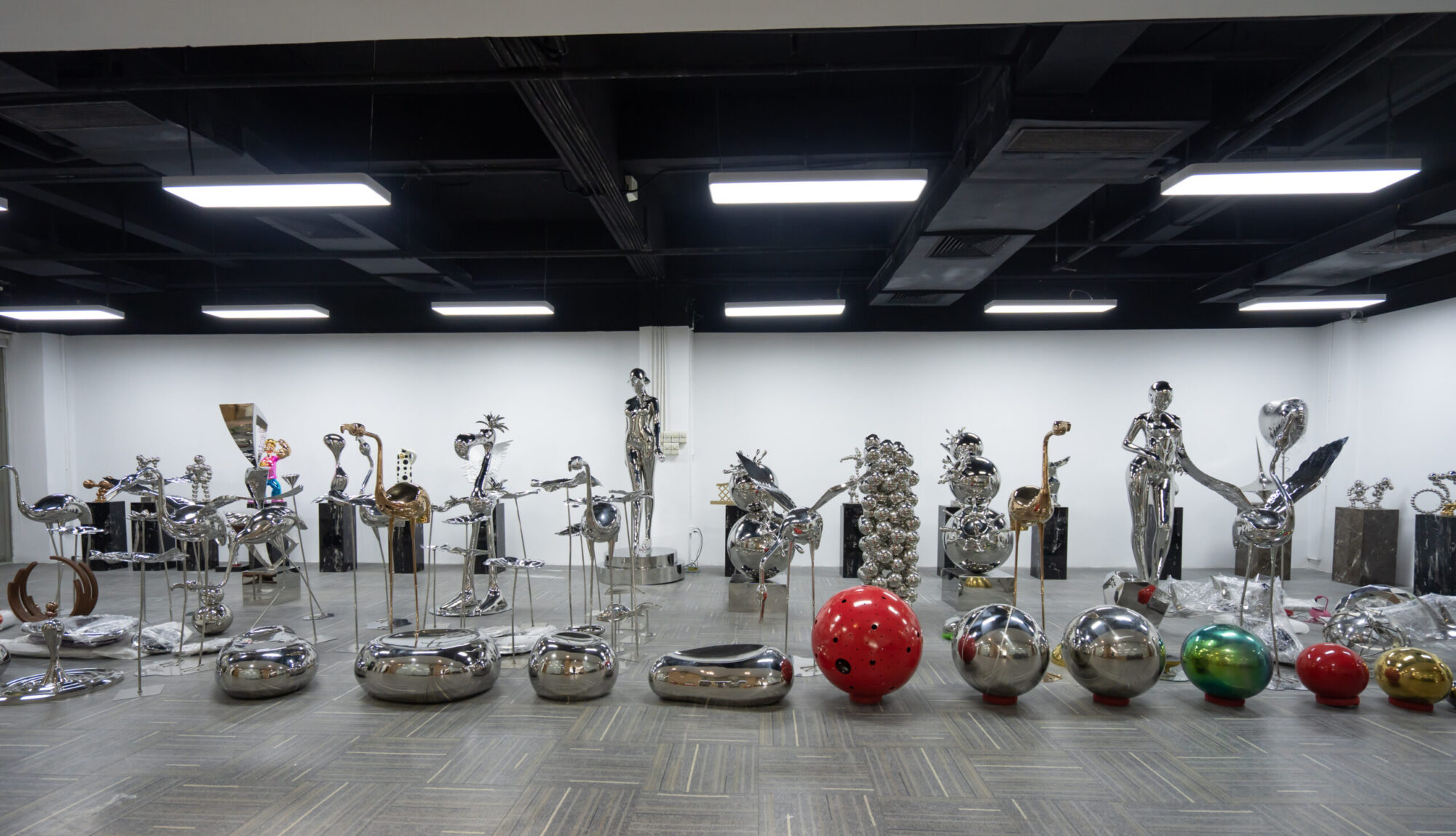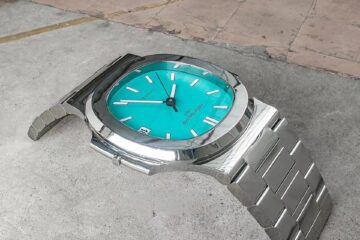Stainless steel sculpture and environmental art: integrating the symbiotic beauty of nature and humanity

Foreword:
As a unique art form, stainless steel sculptures not only emerge in the city, but also play a unique role in environmental art. This article will delve into the role of stainless steel sculpture in environmental art and how it interacts with the natural environment and cultural landscape to create an intoxicating symbiotic beauty.
- The role of stainless steel sculptures in environmental art
1.1 Enhance the beauty of the environment
The unique luster and line design of the stainless steel sculpture make it a beautiful sight in the environment. Through the layout and design of sculpture works, artists can add an artistic atmosphere to the surrounding environment, allowing people to feel a richer sense of beauty in nature.
1.2 Cultural expression of artworks
Environmental art aims to express culture and values through artworks. As a modern art form, stainless steel sculpture can convey deep cultural information to viewers through form, theme, etc., and realize the inheritance and expression of culture.
- The interaction between stainless steel sculptures and the natural environment
2.1 Integrate into natural scenery
The clever integration of stainless steel sculptures in the natural environment can complement the natural scenery and form a harmonious picture. Through the selection and layout of the sculpture form, the artist makes the sculpture a part of the natural landscape, complementing the surrounding vegetation, water bodies and other elements.
2.2 Use natural light and shadow effects
Due to its special material, stainless steel sculptures can make full use of natural light and shadow effects. Under different lighting conditions, the surface of the sculpture shows rich luster and texture, creating unpredictable visual effects for the environment, allowing it to display different artistic charms at different times.
- The symbiosis of stainless steel sculptures and cultural landscapes
3.1 Integration of urban sculpture and urban planning
In urban environments, stainless steel sculptures are often cleverly integrated into urban planning. Through a design that is coordinated with the urban landscape, the artist makes the sculpture a part of the city, enriches the cultural connotation of the city, and enhances the overall image of the city.
3.2 Guide humanistic emotions
Stainless steel sculptures, as a kind of ornamental art, can guide people to have deep emotions. In front of the sculpture, viewers can not only immerse themselves in the beauty of nature, but also feel the artist’s thinking on culture, history and other aspects, thereby stimulating unique emotions towards humanity.
- Environmental sustainability considerations
4.1 Selection of environmentally friendly materials
In the production of stainless steel sculptures, considerations of environmental sustainability are crucial. Artists should choose environmentally friendly stainless steel materials to reduce the impact on the environment and promote the development of the sculpture industry in a more sustainable direction.
4.2 Care and maintenance of artworks
In order to maintain the good condition of stainless steel sculptures, regular maintenance and upkeep are also essential. Through scientific maintenance methods, we can extend the life of the sculpture and ensure that it can display its artistic beauty in the environment for a long time.
Summarize:
Stainless steel sculptures play a unique role in environmental art. They not only integrate with the natural environment and cultural landscape, but also add color to the environment through artistic expression. During the creative process, artists not only need to consider how to better integrate the sculpture into the environment, but also pay attention to respect for nature and humanity, as well as consideration of environmental sustainability. This symbiotic beauty makes stainless steel sculptures not only an ornamental art, but also a part closely related to our lives, injecting new vitality into the development of environmental art.




0 条评论